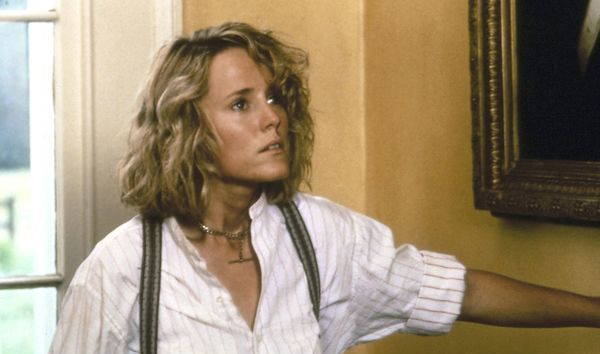
In Fried Green Tomatoes, memory plays a central role — not just in the storytelling but in how characters define themselves and their connections to one another. Among the many objects that echo with meaning, the box of old photographs stands out. Dusty, worn, and often tucked away, it is more than just a container of pictures — it is a treasure chest of truth, loss, identity, and love.
Opening the Past: The Power of the Photo Box
When Evelyn Couch first visits Ninny Threadgoode at the nursing home, she’s unsure what to expect. But as Ninny begins to unravel stories of Whistle Stop, she occasionally pulls out a box of old photographs — tiny frozen moments of lives long gone, faces fading but stories still alive.
In that instant, the photos become portals — not just to the past, but into Evelyn’s own emotional awakening. These images prove the world Ninny describes is not just fantasy or nostalgia — it was real. Laughter, heartbreak, weddings, funerals — it all existed. These photos validate the stories.
Stitching Stories Together: Who We Were and Who We Become
For Idgie and Ruth, although we don’t see them explicitly sit down with a box of photos, the legacy of their life together — the café, the town, the community — is reflected in images that survive in Ninny’s stories. These photos bridge generations and offer proof of a love that had to remain unspoken, at least in words.
The box functions almost like a patchwork quilt, with each photo a piece of a larger narrative. You can’t understand the story with one picture — you need the full set. And in that way, it mirrors the film’s structure: fragmented, non-linear, but full of soul.

A Quiet Rebellion: Preserving What Others Might Erase
In the American South of the early 20th century, many stories — especially those involving women, queer love, or racial solidarity — were not told openly. They were whispered, hidden, or erased. That’s what makes the photo box radical: it preserves. It documents what official history might forget.
In the film, we understand that these memories — these lives — mattered. And the photos, as tangible evidence, push back against oblivion. They say: We were here. We loved. We laughed. We lived.
Ninny’s Gift: Memory As Legacy
By the end of the film, Evelyn has changed. And part of that transformation comes from the intimacy she’s developed with Ninny through stories — but also through visual proof of the past. The photo box becomes a kind of sacred object. In a culture obsessed with the future, it calls us to sit with the past, to honor it, to learn from it.
When Evelyn finds the box again, or even imagines it, she doesn’t just see pictures. She sees possibility. A blueprint for courage. A reminder that joy, grief, and love are universal.
Fragments That Form a Whole
In Fried Green Tomatoes, the photo box is more than memorabilia. It is a silent narrator, a storyteller without words, and a keeper of truths that words sometimes fail to express. Just as the café served as a home for outcasts and dreamers, the box of photos serves as a home for memory — especially memories that challenged the expectations of their time.
To open that box is to open a life. And in doing so, we are reminded that stories never truly end — they just wait patiently, like old photographs, for someone to look closely.
